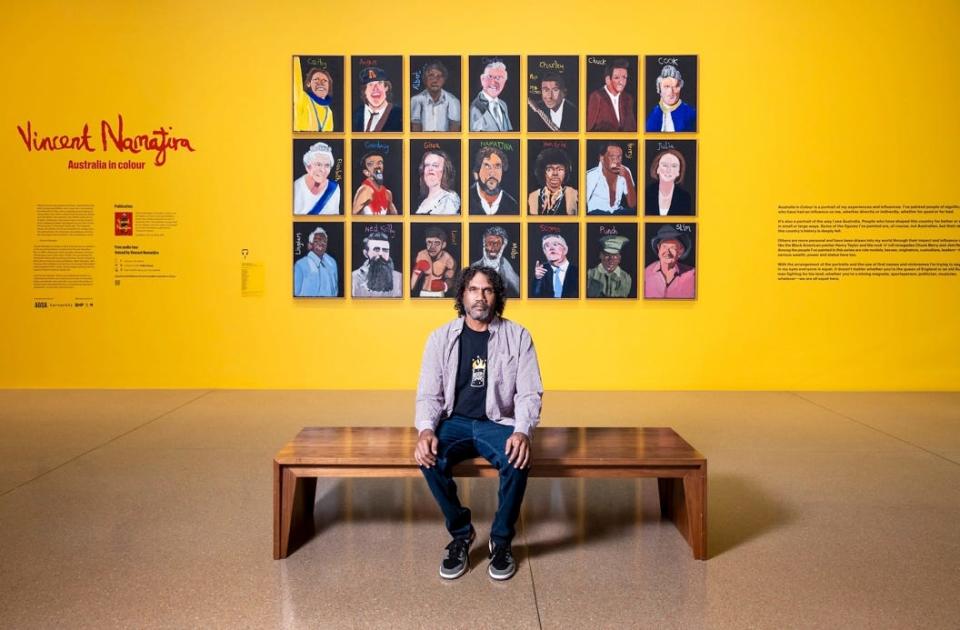One of the world's richest people just got a serious lesson in the 'Streisand effect'
- Oops!Something went wrong.Please try again later.
- Oops!Something went wrong.Please try again later.
The Australian billionaire Gina Rinehart didn't want her portraits in the national gallery.
She demanded they be taken down. Instead, they've garnered global headlines.
It's a good example of the "Streisand effect" — causing the opposite of what she wanted.
Gina Rinehart, Australia's richest woman, did not want people to see her portrait.
So she took the most direct route and demanded that the National Gallery of Australia in Canberra remove two paintings depicting her.
But Rinehart has learned the hard way that trying to hide something relatively obscure can unintentionally draw far more attention to it.
Australian media reported that the gallery refused to take down the paintings. Rinehart's portrait then made global headlines and sparked a debate over art and censorship.
The portrait is a satirical work by the artist Vincent Namatjira, who is famed for his caricature style.

His "Australia in Colour" series is a satirical look at 21 influential people who have shaped Australia, including Rinehart, Queen Elizabeth II, and former Prime Minister Scott Morrison.
With a fortune of $23.6 billion, Rinehart is the richest woman in Australia and the 81st richest person in the world, according to data from Bloomberg Billionaire's Index.
She is the chair of Hancock Prospecting, a mining and agricultural business.
Her father, Lang Hancock, was the company's founder and was criticized for racist comments he made about Indigenous Australians.
He's been quoted as saying: "Nothing should be sacred from mining whether it's your ground, my ground, the black fellow's ground or anybody else's. So the question of Aboriginal land rights and things of this nature shouldn't exist."
The National Gallery of Australia said in a statement shared with Business Insider that it "welcomes the public having a dialog" about its displays.
Hancock Prospecting did not immediately reply to a request for comment from BI.
The gallery also shared a statement from Namatjira, who said that he emphasizes painting wealthy and powerful people who have influenced Australia "whether for bad or for good."
"People don't have to like my paintings, but I hope they take the time to look and think, 'Why has this Aboriginal bloke painted these powerful people?'" he wrote. "'What is he trying to say?'"
"Some people might not like it, other people might find it funny, but I hope people look beneath the surface and see the serious side too."
Reinhart's predicament is a good example of the phenomenon known as the "Streisand effect."
The term was popularized after Barbra Streisand's attempt in 2003 to suppress the use of a photo showing her Malibu home in the California Coastal Records Project by suing the photographer.
The case was dismissed; she had to pay $177,000 in legal fees and the photo ended up drawing far more attention than it would have sitting in the project's archives.
Elon Musk was also a victim of the Streisand effect when he banned a Twitter account that was tracking the use and carbon emissions of his private jet, which drew scrutiny to his use of private jets.
Read the original article on Business Insider

